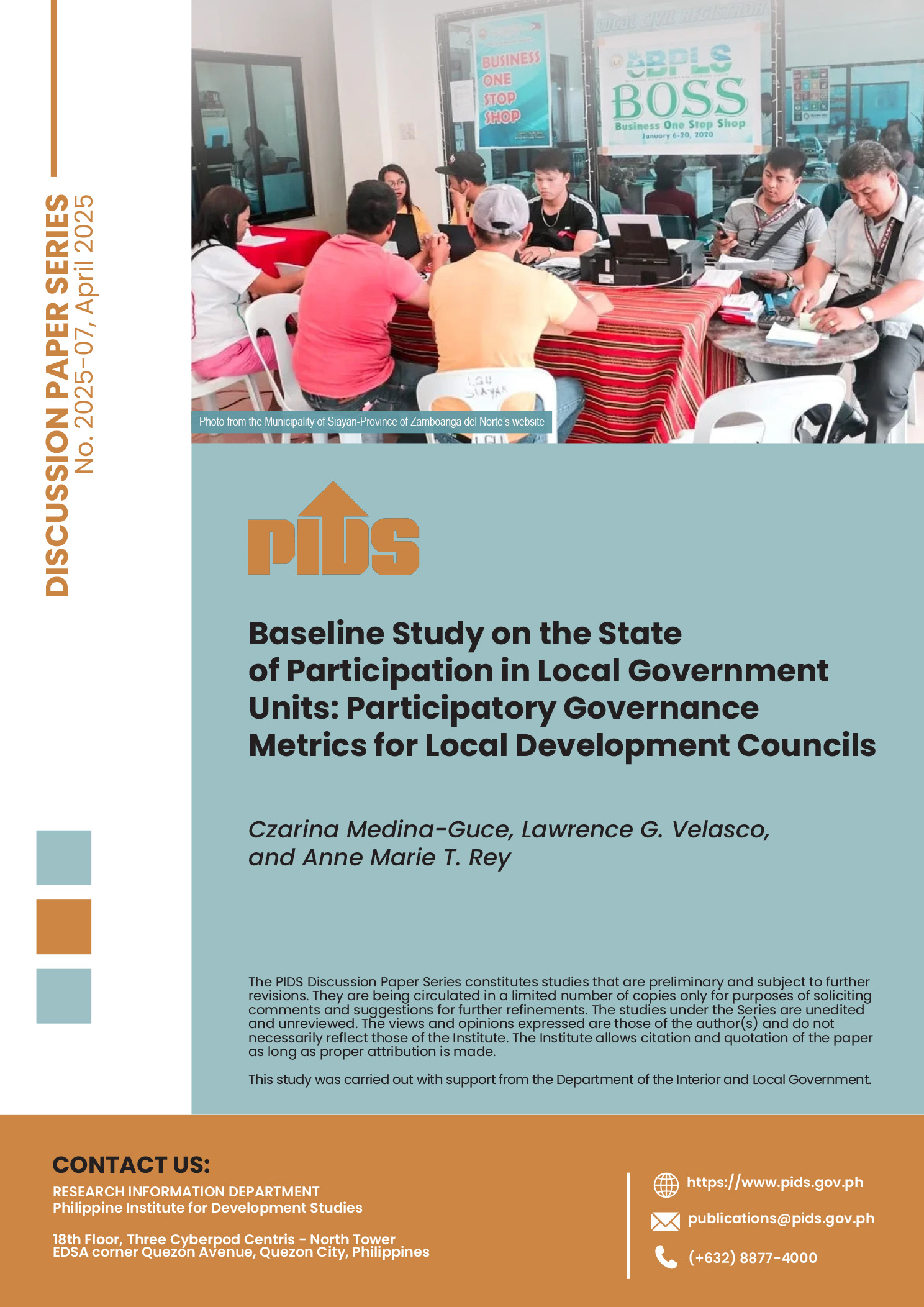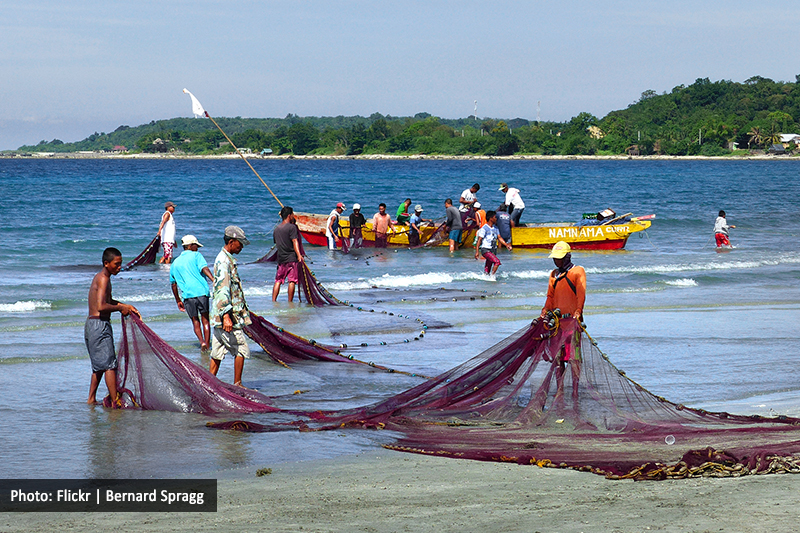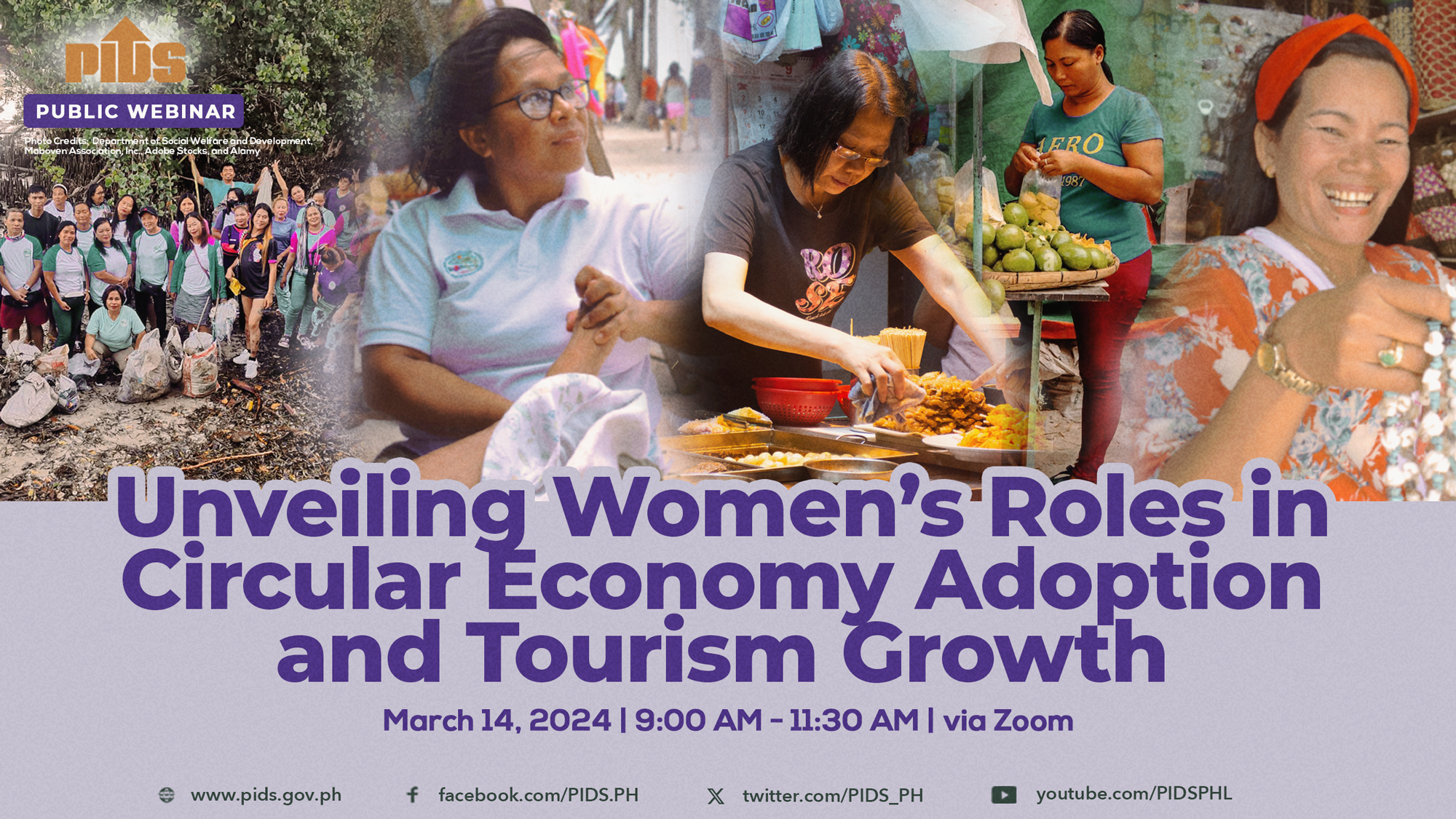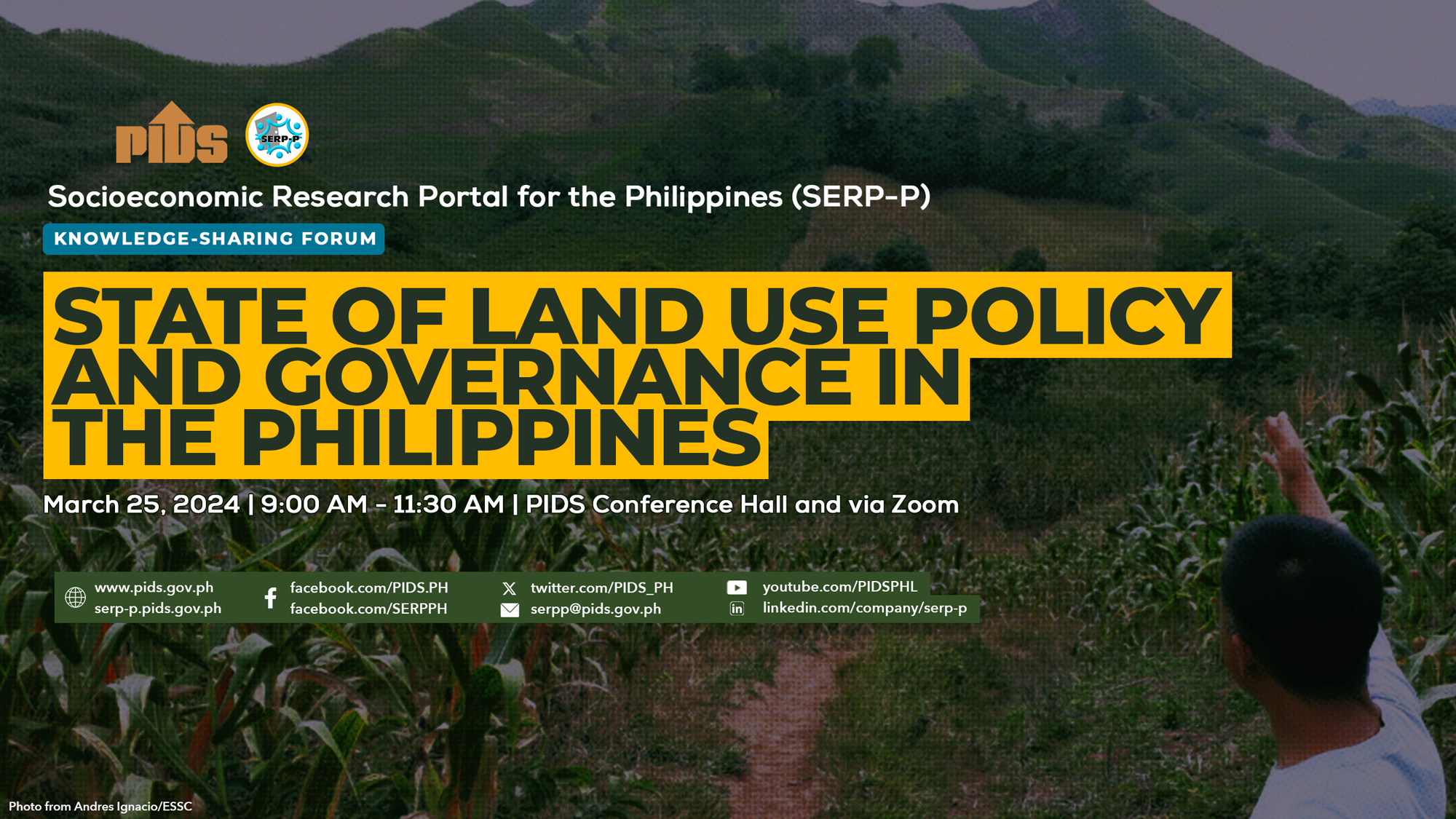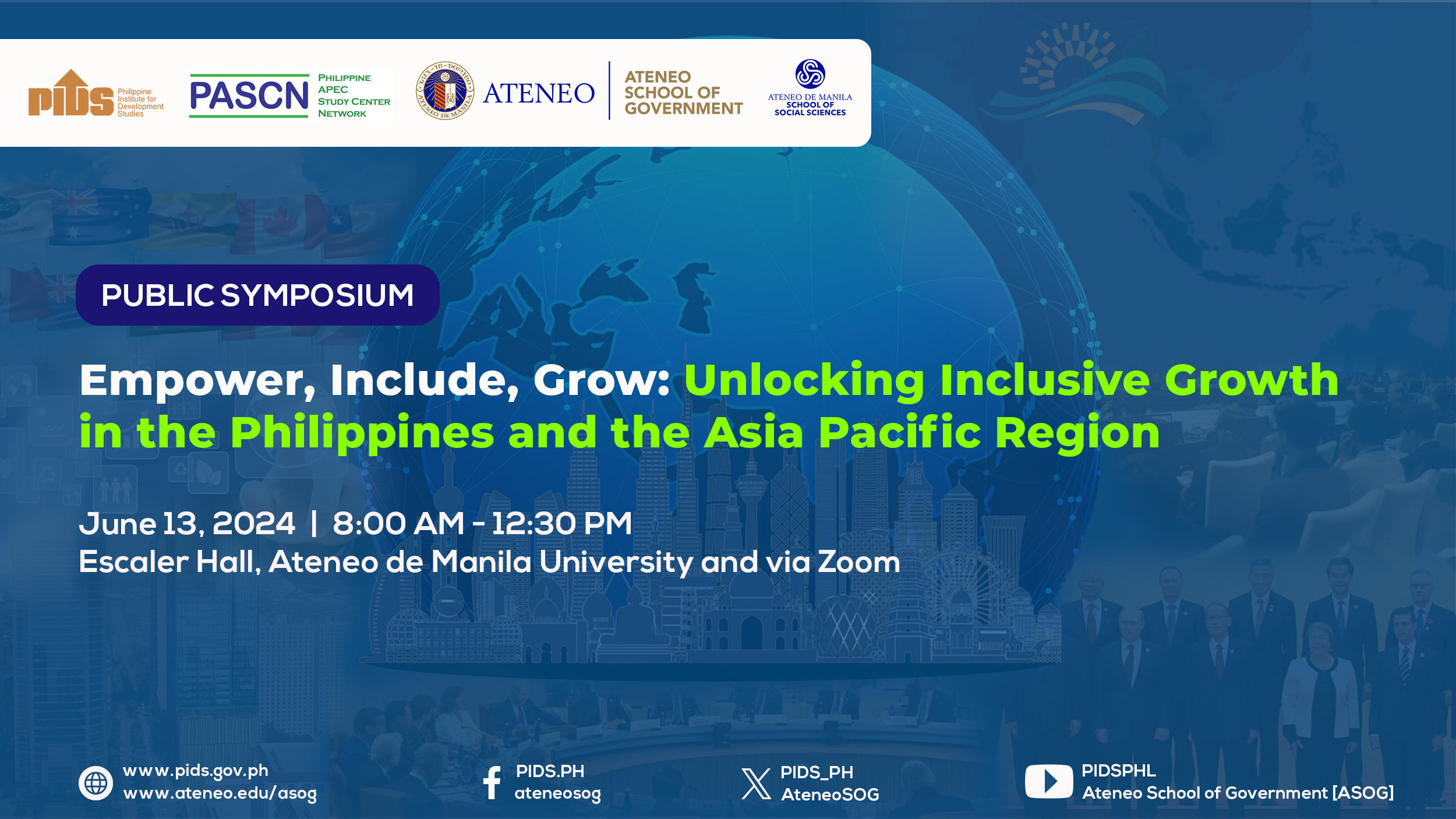ECONOMIC GROWTH could hit 6.6% this year, the Philippine Institute for Development Studies (PIDS) estimates, with construction to get a boost from post-disaster rehabilitation efforts.
"Growth in construction due to post-disaster reconstruction and the start of some public-private partnership projects” will drive gross domestic product (GDP) expansion, PIDS senior research fellow Adoracion M. Navarro told a seminar at the state think tank’s office in Makati City yesterday.
She added that capital formation, which grew by 18.2% in 2013, will have a lag effect, while a weak peso -- forecast at P45 to a dollar this year -- will boost exports.
Even if interest rates are rising, Ms. Navarro said, "there is still a big slack in investments and a wide room for productivity improvements.”
In particular, while the real estate sector -- a growth driver last year -- will be affected by higher borrowing rates, there is a large unmet demand for housing, especially in the low-income and middle-income markets.
PIDS’ growth estimate is near the low end of the government’s 6.5-7.5% target and the International Monetary Fund’s and the Asian Development Bank’s respective 6.5% and 6.4% forecasts,
The country notched 7.2% growth in 2013, higher than the 6.8% achieved in 2012 and topping the official 6-7% goal, despite an earthquake and a super typhoon that hit the Visayas in the latter part of the year.
Drivers on the production side were industry and services with manufacturing, construction, financial intermediation and real estate posting higher output. On the expenditure side, growth continued to be propped up by household spending, boosted by government spending and capital formation.
Both public and private sector economists have crowed about how the Philippines has begun tracking a higher growth path but unemployment remains high, averaging 7.3% last year.
"The projected 6.6% GDP growth is in line with the government’s target of rapid and sustained growth,” Ms. Navarro and Gilberto M. Llanto, PIDS president, said in a paper they co-wrote that was distributed during yesterday’s seminar.
"The challenge of making this growth more inclusive should be addressed urgently.”
The two called for more infrastructure investments, an expansion in the industrial base, a competition policy framework, the reform of regulatory agencies and labor market reforms.
Mr. Llanto, for his part, told the seminar that the Philippines remained in a "sweet spot,” especially with liquidity abundant and remittances continuing to flow in from abroad.
"It is a matter of igniting the investment spirits,” he said.
Mr. Llanto added that policy makers should look into policies that would cut unemployment -- those that promote labor-ntensive industries, for example.
"Unemployment remains high. This is not good but something can be worked out,” he said. -- Judy T. Gulane

